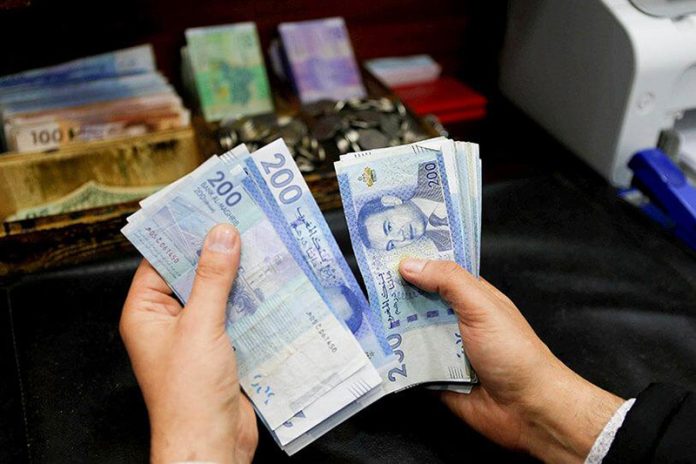Money supply growth continued to slow in April, reflecting a broader cooling in monetary dynamics. According to data from Bank Al-Maghrib, the M3 money aggregate—which includes cash, demand deposits, and other liquid assets—rose by 6.9% year-over-year. That marks a step down from the 8% increase recorded in March. The main driver behind this deceleration was a sharp decline in net claims by deposit-taking institutions on the government, which fell by 3.4% after a 7.5% surge just a month earlier.
The components of M3, however, painted a mixed picture. Official foreign exchange reserves maintained their upward momentum, posting an annual increase of 8.9%, a notable jump from 2.5% in March. Bank lending to the non-financial sector also picked up pace, with year-over-year growth rising to 4.2%, up from 3.9% the previous month.
Looking more closely at the structure of the money supply, several categories showed signs of losing steam. The growth rate of physical currency in circulation slowed from 9.3% to 8.4%. Demand deposits followed a similar trajectory, dropping from an 11.4% annual rise in March to 8.4% in April. Investments in money market mutual funds also cooled, with their growth rate easing from 17.7% to 14.6%. The only segment that saw a slight uptick was term deposits, which grew by 4.5%.
A breakdown by institutional sector confirms the broader trend of deceleration. Among households, monetary assets excluding cash increased by 6.2%, bolstered primarily by a less pronounced slowdown in term deposits. However, both demand deposits and savings accounts barely moved. For private non-financial companies, growth in monetary assets also tapered off, registering a 13.5% increase compared to previous months.





